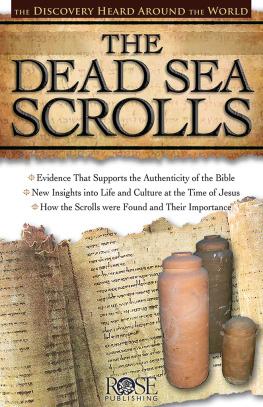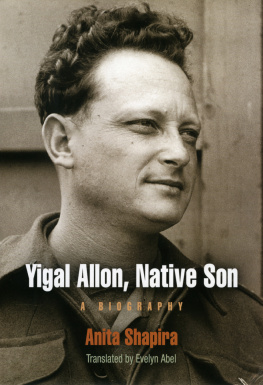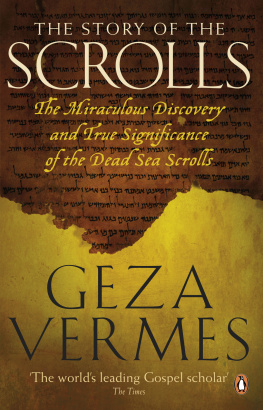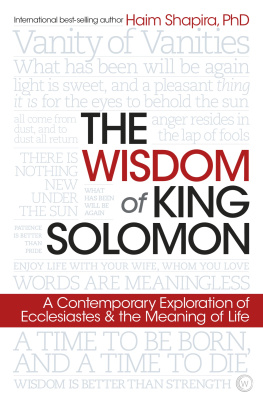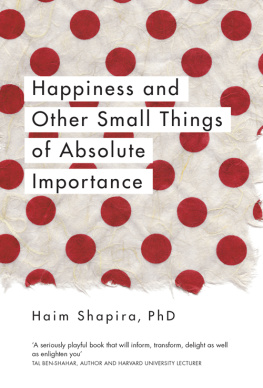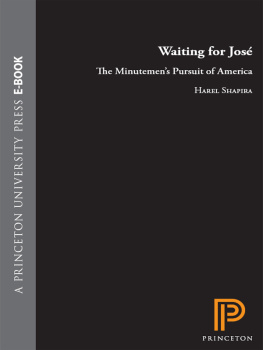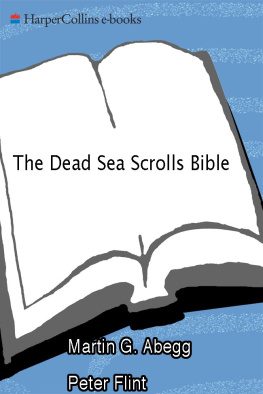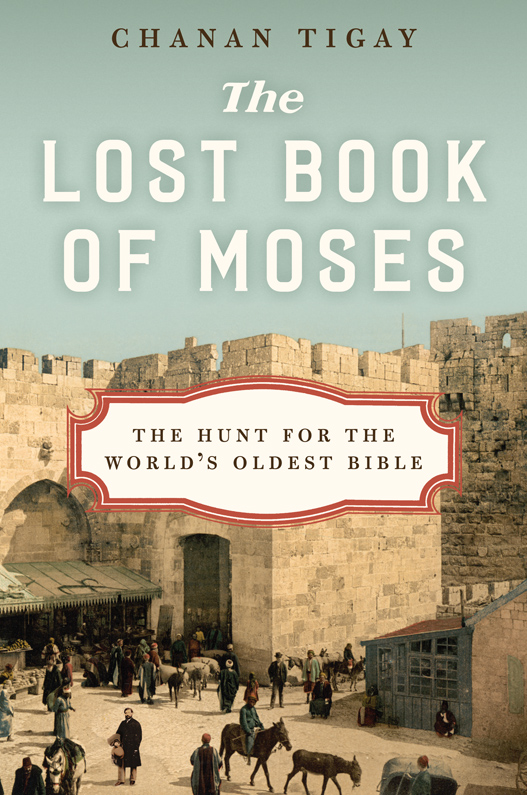A beshlik was an Ottoman-era coin.
Ginsburg also suggested that it may have been a Russian or German Jew.
NINETEENTH CENTURY
Moses Wilhelm Shapira: A Jerusalem manuscript and antiquities dealer
Mahmoud al Arakat: The sheikh in whose home Shapira first heard of the Deuteronomy scrolls
Salim al Kari: Shapiras factotum
Walter Besant: An English author and leader of the Palestine Exploration Fund
Edward Bond: The chief librarian of the British Museum
Yaqoub Caravacca: Hired by Ganneau to secure a squeeze of the Moabite Stone
Sabah Cawar: A Jerusalem teacher dispatched to Moab to negotiate for the Moabite Stone
Charles Clermont-Ganneau: A French archaeologist and Shapiras nemesis
Claude Conder: An officer of the British military and one of the first people to whom Shapira agreed to show his scrolls on arriving in London
Charles Tyrwhitt Drake: A Palestine Exploration Fund explorer
Fendi el Faiz: Sheikh of the Beni Sachr Bedouin and a Moabite Stone suitor
Christian David Ginsburg: The leading English Bible scholar charged with authenticating the Shapira scrolls for the British Museum
Jemil: One of three horsemen who attempted to make a squeeze copy of the Moabite Stone for Ganneau
Frederick Augustus Klein: Discoverer of the Moabite Stone
Philip Brookes Mason: An English physician and naturalist
Charles Nicholson: The English-Australian nobleman thought to have purchased the Shapira scrolls
Edward Henry Palmer: A Palestine Exploration Fund explorer and Cambridge Arabic professor
J. Heinrich Petermann: The Prussian consul in Jerusalem, 18681869
Bernard Quaritch: The London book dealer who bought Shapiras scrolls at a Sothebys auction
Konstantin Schlottmann: The German scholar to whom Shapira first showed his scrolls
Myriam Harry (Maria Shapira): Shapiras daughter and a famous French author
Rosette Shapira: Shapiras wife
William Simpson: A sketch artist for the Illustrated London News
Hermann Strack: A German Orientalist and Shapira correspondent
Baron Thankmar von Mnchhausen: Germanys imperial consul in Jerusalem, 18741881
Charles Warren: A British military man and Palestine Exploration Fund explorer
Charles Wilson: Led the British Royal Engineers in the Ordnance Survey of Jerusalem
Zattam: Kleins guide in Moab when he discovered the Moabite Stone
TWENTIETH AND TWENTY-FIRST CENTURIES
Mahmoud Alassi: Manager of preservation and restoration for the Louvres Department of Near Eastern Antiquities
Anneke Barends: A Dutch history enthusiast
Paul Beringer: An Australian pastor
Elisabeth Fontan: The former chief curator for the Louvres Department of Near Eastern Antiquities
Moshe Goshen-Gottstein: A Semitic philologist at the Hebrew University
Matthew Hamilton: An Australian Shapira researcher
Menahem Mansoor: The University of Wisconsin Semitics scholar who reopened the Shapira case
Oscar K. Rabinowicz: A journalist and educator unconvinced by Shapiras scrolls
Michael Ruprecht: The director of the archives at the Martin-Luther-University of Halle Wittenberg
Yoram Sabo: An Israeli documentary filmmaker
Annette Schwarz Scheuls: A living German relative of Shapira
Solomon Zeitlin: A professor of rabbinic literature at Dropsie College in Philadelphia who spoke out against the Dead Sea Scrolls.
ORGANIZATIONS
PEF: Palestine Exploration Fund
DMG: Deutsche Morgenlndische Gesellschaft (German Oriental Society)
BNHAS: Burton-on-Trent Natural History and Archaeological Society
A FAMOUS CORPSE
THE NETHERLANDS
Sunday, March 9, 1884, began as a slow news day at police headquarters in Rotterdam. At ten thirty, Catharina Johanna van Vliet arrived in a huff after her brother-in-law spent the morning calling her names. At one oclock, two patrolmen attempted to detain a drunken German. With six oclock came a break in the Case of Some Stolen Sausages: Officers A. van der Muelen and L. J. A. Hoogland had collared a suspect on the Westplein. The arrest came too late to save the sausages, but the constables work was considered so exemplary that each was slated for a bonus.
It was right around this time that the station received a concerned dispatch from a seedy hotel called the Willemsbrug. Two days earlier, one of its guests had entered his room and locked the doorand hadnt been heard from since. Adjunct Inspector G. Putman Cramer was sent to investigate. Arriving at No. 6 Boompjes Street, situated on a block of brick buildings that housed a bank, a life insurer, and a zinc merchant, Cramer approached the room in question and broke through the door.
He entered to a grisly scene. Slumped on the bed was the bloodied corpse of a middle-aged man, a bullet hole notched in his head. Beside the bed lay the mans suitcase. It was stuffed with manuscriptssome new, some ancientwritten in English and Hebrew, among other languages. Nearby was a stack of business cards. Cramer slipped one from the pile and took down its inscription:
M. W. Shapira, Book Seller and Antiquarian
Agent of the British Museum
Jerusalem
That evenings police register logs the death, noting the name of the deceased but offering no indication that authorities knew they had a world-famous corpse on their handsthat months earlier this brilliant man had been a household name, meeting with Englands prime minister and its intellectual elite, making daily appearances in European gossip columns, staying in fancy hotels as he prepared to become exceedingly rich. The guest in question... appears to be named M. W. Shapira, the duty officer reported. After having been viewed by Dr. C. H. Eshuijs he was taken to the morgue.
Just beneath this, the nights final entry: There is nothing to report about garbage.
It took three days, but the press eventually figured out who the dead man was. A short item in the March 12 edition of the Leidsch Dagblad noted that this is probably the person who became disreputable last year in England for his falsified manuscripts.
Not quite the epitaph M. W. Shapira had been hoping for.
EIGHT MONTHS EARLIER , when he arrived at the London doorstep of Sir Walter Besant, longtime secretary of the Palestine Exploration Fund, Moses Wilhelm Shapiraarchaeological treasure hunter, an tiquities maven, inveterate social climber, and, by that point, a man painfully down on his luckbelieved that the contents of the stylish carpetbag he carried would help repair a once-solid reputation that had nearly been destroyed by scandal.
At home in Jerusalem, Shapiras wife and daughters awaited news of his mission. If all went according to plan, they would soon rank among the Holy Citys wealthiest inhabitants, assuming a place in its social hierarchy that the fifty-four-year-old Shapira had been clawing for ever since he bolted Eastern Europe three decades earlier in search of his absent father and his fortune.
That July morning, Shapiraa little bit Indiana Jones, a little Jay Gatsbyhad appeared at Besants claiming to have in his possession an ancient manuscript that would simply make students of the Bible and Hebrew scholars reconsider their ways. It was a bold claim, redolent of a magicians patter, and while Shapiras performance intrigued Besant, he also found the whole thing a little annoying. The Brit was entirely familiar with the bearded, bespectacled foreigner standing before him now: the previous year, Shapira had played a small, unsuccessful part in an attempt to rescue one of the Palestine Exploration Funds orientalist explorers when the man, Edward Henry Palmer, was kidnapped by Bedouin brigands during a reconnaissance mission in Egypt. The fund had paid Shapira eight pounds and change for his efforts; Palmer had not fared so well. Soon after his capture the Bedouin had slaughtered him, tossing his body off a cliff to be feasted on by birds.




